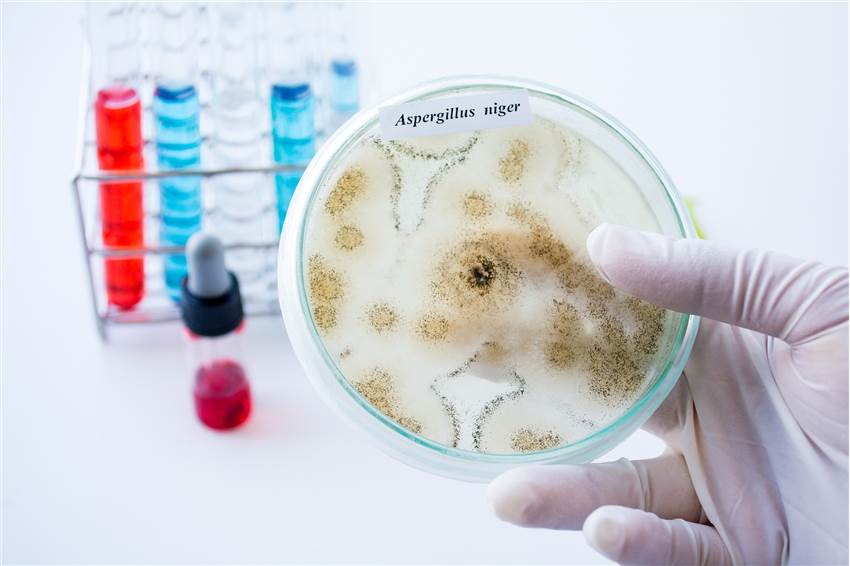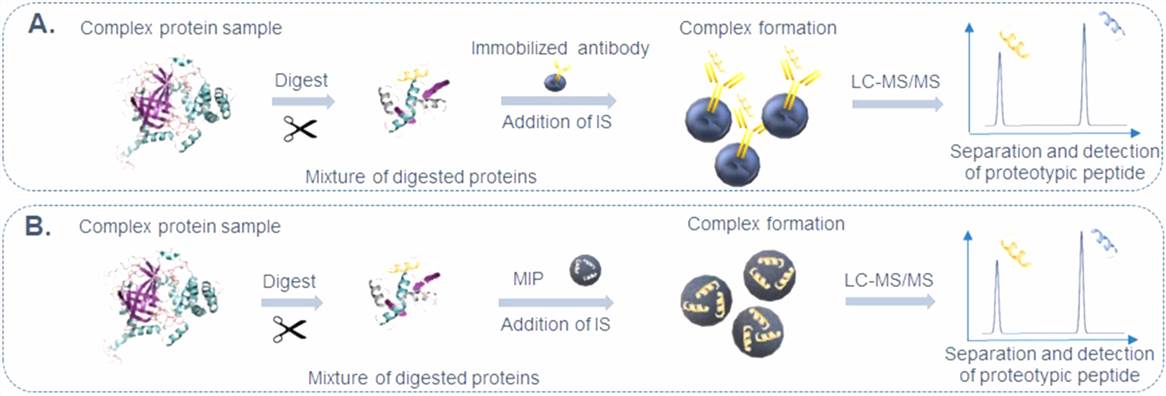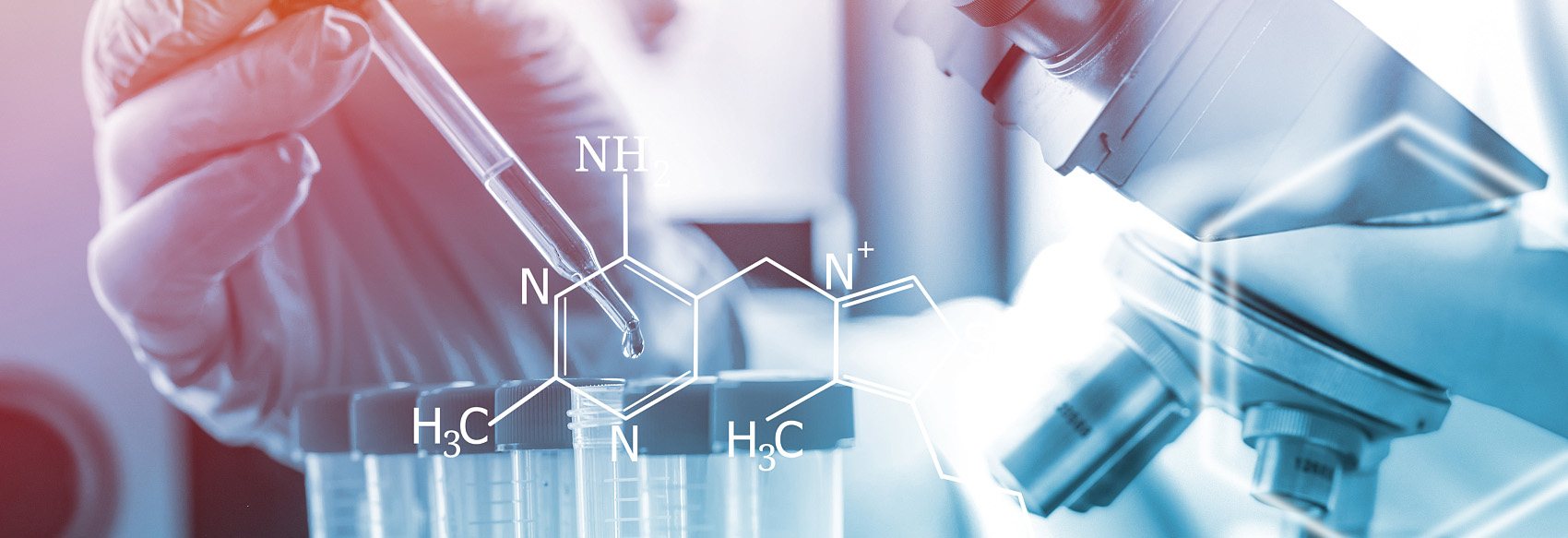The increasing focus on biologics development has put the emphasis on anti-drug antibody (ADA) detection. To meet this need, Our company offers customers a specialized affinity capture elution (ACE) assay service, a method for detecting ADA to increase the determination of drug tolerance. We have extensive experience in a variety of different sample preparation techniques to improve the detection of ADA in the presence of therapeutic drugs, which includes, in particular, the use of ACE.
Service Overview

This method for detecting ADA uses acid treatment and subsequent neutralization to capture ADA, thereby improving drug tolerance without sacrificing sensitivity. Treated samples can then be selectively transferred to the Meso Scale Discovery (MSD) bridging assay for further analysis. Following the ACE procedure, the assay utilizes biotinylated and ruthenium-labeled drugs to detect drug-resistant antibodies.
Our company has developed and successfully validated a number of ADA techniques that are resistant enough to distinguish between patients with transitory and persistent immune responses. Our ability to create acid dissociation techniques that can identify anti-drug antibodies before the final stage of pharmacokinetic profiles is established.
Research Capabilities
Our company scientists specialize in optimizing acid/neutralization steps. This ensures the ability to capture and detect low-affinity binding antibodies in unknown samples. A new assay format was designed to combine the advantages of ACE and bridging methods while overcoming the drawbacks associated with each method.
The described ACE-Bridge format exhibits excellent sensitivity and precision compared to the bridging format while providing superior drug tolerance. In addition, this assay format is less susceptible to endogenous target interference, which can be a problem in the ACE format.
In addition, Our company has extensive experience in developing drug-resistance methods using both bead-based and plate-based assay formats.
 Fig.1 (A) Separation and LC-MS/MS detection of proteotypic peptide and subsequent peptide immunocapture. (B) Separation and LC-MS/MS detection of proteotypic peptide and subsequent peptide capture by molecularly imprinted polymers. (Halvorsen T. G, et al. 2021)
Fig.1 (A) Separation and LC-MS/MS detection of proteotypic peptide and subsequent peptide immunocapture. (B) Separation and LC-MS/MS detection of proteotypic peptide and subsequent peptide capture by molecularly imprinted polymers. (Halvorsen T. G, et al. 2021)
Overall Solutions
| Project Name | Affinity Capture Elution Analytical Service |
| Test Objectives | - ADC (monoclonal antibody, ADA)
- Macromolecules (NBE)
- monoclonal antibodies (mAb)
- polyvalent antibodies
- Cell surface receptors
- Fusion proteins
- Polyethylene Glycolated Proteins
- Peptides
- Proteins
- Novel Frameworks
- Oligonucleotides
|
| Deliverables | Original images and raw data.
A complete experimental report, including experimental materials, experimental procedures, and experimental results. |
| Cycle | Decide according to your needs. |
For more information, please feel free to contact us.
Reference
- Halvorsen T. G, et al. (2021). "Affinity Capture in Bottom-Up Pprotein Analysis - Overview of Current Status of Proteolytic Peptide Capture Using Antibodies and Molecularly Imprinted Polymers." Analytica Chimica Acta. 1182: 338714.
Related Services
It should be noted that our service is only used for research, not for clinical use.


 Fig.1 (A) Separation and LC-MS/MS detection of proteotypic peptide and subsequent peptide immunocapture. (B) Separation and LC-MS/MS detection of proteotypic peptide and subsequent peptide capture by molecularly imprinted polymers. (Halvorsen T. G, et al. 2021)
Fig.1 (A) Separation and LC-MS/MS detection of proteotypic peptide and subsequent peptide immunocapture. (B) Separation and LC-MS/MS detection of proteotypic peptide and subsequent peptide capture by molecularly imprinted polymers. (Halvorsen T. G, et al. 2021)